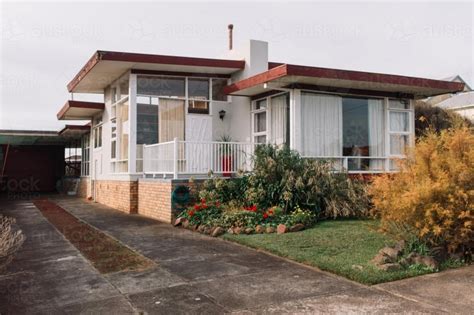Explore the charm of 1960s houses in Australia with their unique architectural styles and retro features. Discover the perfect blend of nostalgia and modern living.
Exploring 1960s Houses in Australia
The 1960s: A Decade of Change in Australian Architecture
The 1960s marked a significant period of change in Australian architecture, with a shift towards modernism and a focus on functional design. This era saw the emergence of a new wave of residential construction, characterized by clean lines, flat roofs, and an emphasis on open-plan living spaces. The design of 1960s houses in Australia was influenced by international trends, as well as local climate and lifestyle considerations.
Architectural Features of 1960s Houses
One of the defining features of 1960s houses in Australia was their simple and minimalist design aesthetic. These homes often featured flat or low-pitched roofs, large windows, and open-plan layouts that blurred the boundaries between indoor and outdoor living spaces. The use of natural materials such as timber, stone, and brick was also common, adding warmth and texture to the modernist interiors.
Integration of Indoor and Outdoor Spaces
One of the key principles of 1960s house design in Australia was the seamless integration of indoor and outdoor living spaces. Large sliding glass doors and floor-to-ceiling windows were used to create a sense of connection with the surrounding landscape, allowing natural light to flood the interiors and providing expansive views of the garden or backyard. Outdoor entertaining areas, such as patios and courtyards, were often incorporated into the design, further blurring the distinction between inside and outside.
Innovative Building Techniques
The 1960s saw the introduction of new building techniques and materials that allowed for greater flexibility and creativity in design. Lightweight construction methods, such as steel framing and prefabricated panels, made it possible to create open-plan living spaces with fewer internal walls and columns. This innovation in construction techniques paved the way for the modernist architectural style that came to define 1960s houses in Australia.
Iconic Examples of 1960s Houses in Australia
Throughout Australia, there are many iconic examples of 1960s houses that showcase the innovative design principles of the era. One notable example is the Rose Seidler House in Sydney, designed by architect Harry Seidler in 1950. This modernist masterpiece features a cantilevered design, floor-to-ceiling windows, and a minimalist aesthetic that continues to inspire architects and designers to this day.
Preserving and Renovating 1960s Houses
As the architectural legacy of the 1960s continues to be celebrated, there is a growing interest in preserving and renovating existing 1960s houses in Australia. Many homeowners are choosing to retain the original features of their homes, such as timber paneling, exposed brick walls, and retro fixtures, while updating the interiors with modern amenities and sustainable design solutions. By honoring the architectural heritage of these homes, we can ensure that the legacy of 1960s house design lives on for future generations to enjoy.
Conclusion
The 1960s was a transformative decade for Australian architecture, marked by a departure from traditional design conventions and a move towards modernism and functionalism. The design principles and innovative building techniques that emerged during this era continue to influence contemporary architectural trends, inspiring homeowners and designers to embrace the simplicity and elegance of 1960s house design. By preserving and celebrating the architectural legacy of this period, we can ensure that the spirit of innovation and creativity that defined the 1960s lives on for generations to come.
